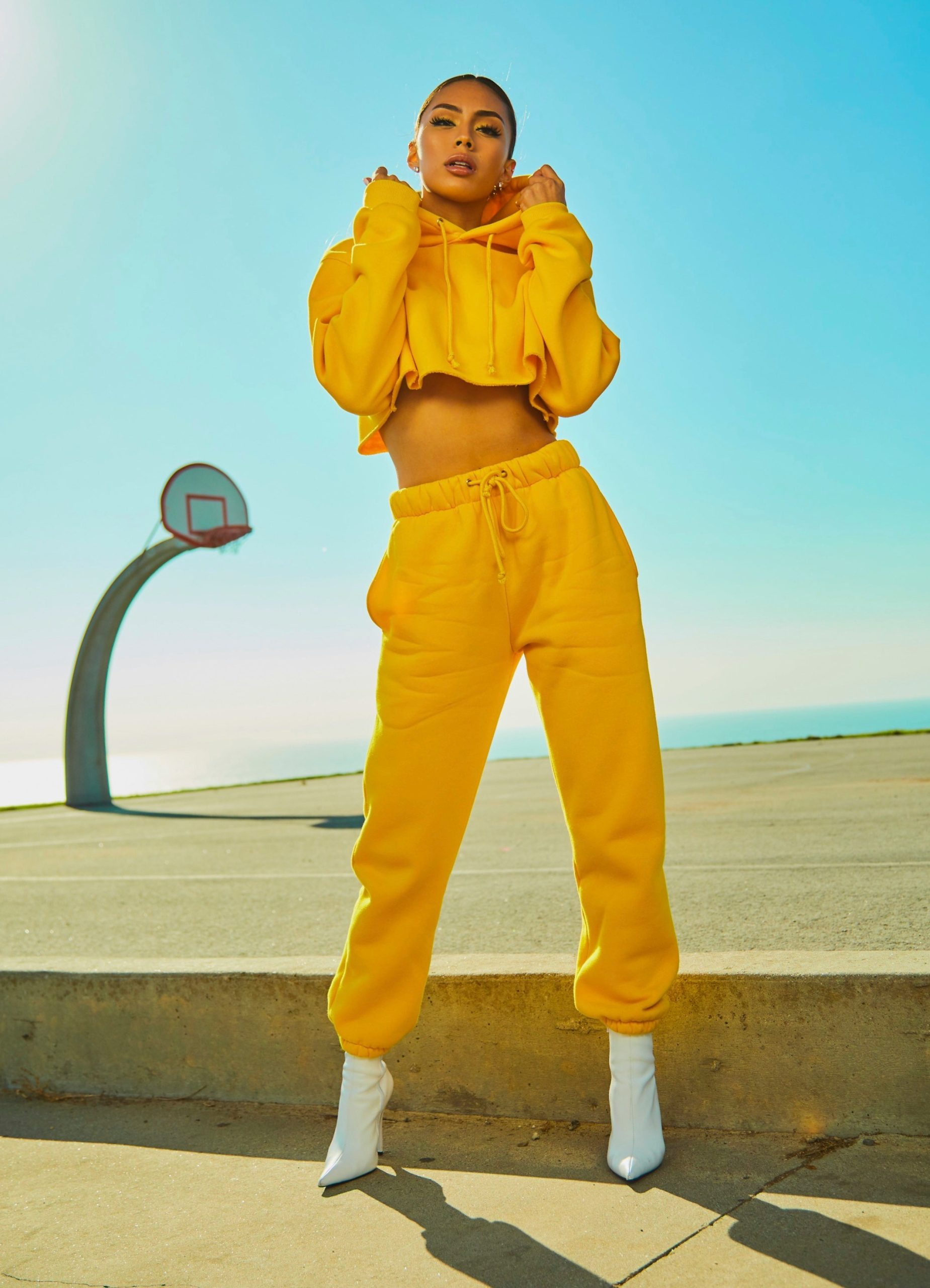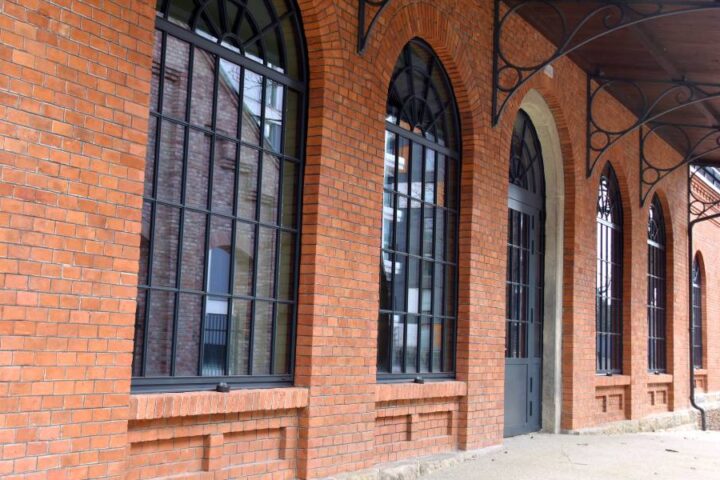For decades, women in politics have had to navigate a complex and often patriarchal environment, where their clothing choices were scrutinized almost as much as their policies. Yet, in the 21st century, the relationship between women’s fashion and politics has evolved. Political women today are embracing bold, unapologetic style choices that reflect their strength, individuality, and commitment to social change. In this post, we’ll explore how fashion is influencing politics and how female politicians are using their clothing to challenge stereotypes, push boundaries, and inspire change.
Fashion as a Political Tool for Female Politicians:
- Shattering Stereotypes: Historically, female politicians have faced the challenge of balancing their professionalism with societal expectations about femininity. A woman in power was often expected to dress in a way that was both modest and “feminine,” but this was a limiting standard that rarely left room for individuality. In recent years, female politicians have taken fashion into their own hands, using their wardrobes to defy expectations and create a more inclusive definition of leadership.Example: Alexandria Ocasio-Cortez’s statement outfits, from the “Tax the Rich” dress at the Met Gala to her consistent embrace of accessible, functional, yet fashionable pieces, show how she uses fashion to blend boldness with relatability. She is challenging the notion that female politicians need to dress in conservative, neutral tones to be taken seriously.
- Political Statements Through Fashion:
Fashion is no longer just about looking good; it’s about making a statement. For women in politics, clothing has become a tool for communicating values, political stances, and solidarity with movements. This is particularly evident with the use of clothing as a symbol of resistance.Example: During the 2017 Women’s March, many women in political office wore pink hats to symbolize solidarity with the movement. Similarly, Kamala Harris’s sartorial choices, such as her iconic pearl necklaces and Converse sneakers, carry a sense of both professionalism and defiance of traditional gender norms. These choices reflect her pathbreaking role as the first woman of color to be Vice President of the United States. - The Power of Color:
Colors have long been associated with political movements, and female politicians today are leveraging color to make powerful statements. Purple, a color historically tied to the suffragette movement, has become a symbol of gender equality and female empowerment. Green has also been widely used by politicians like Hillary Clinton to signal support for progressive causes.Example: In 2020, Speaker Nancy Pelosi wore a bold red dress and a patterned scarf during the State of the Union address, signaling both her leadership position and commitment to progressive causes. Color can be an act of resistance, a visual cue that signals solidarity, and a way to elevate one’s political message.
Fashion and Feminism in Politics:
The intersection of fashion and feminism has become a key component of political life for women. As feminist ideologies continue to shape the political landscape, women in power are using fashion to challenge the patriarchy and redefine power dynamics.
- Challenging Gendered Expectations:
Politicians like Jacinda Ardern, the former Prime Minister of New Zealand, have made headlines not only for their policies but also for how they navigate the gendered expectations of leadership. Ardern’s decision to wear comfortable and approachable clothing while maintaining a professional demeanor challenges the traditional image of the “man in a suit” and demonstrates that women can lead with empathy, kindness, and strength without sacrificing style. - The Rise of Feminist Fashion Movements:
Feminism and fashion have a long history of overlap, and now more than ever, fashion is becoming a form of political advocacy. Feminist fashion movements are promoting inclusivity, body positivity, and equality. These movements demand that the fashion industry address its flaws, from exploitation of labor to lack of diversity, and demand that women in politics and leadership roles use their positions to advocate for social justice.
Conclusion:
Fashion is no longer just about looking good—it’s about making a statement. Female politicians and activists are using fashion as a tool for self-expression, resistance, and empowerment. By rejecting traditional gendered expectations and embracing clothing as a political statement, women in politics are reshaping the narrative of what leadership looks like. As fashion continues to evolve, so too does its power as a force for social change. The future is not only female—it’s stylish, bold, and unapologetic.









